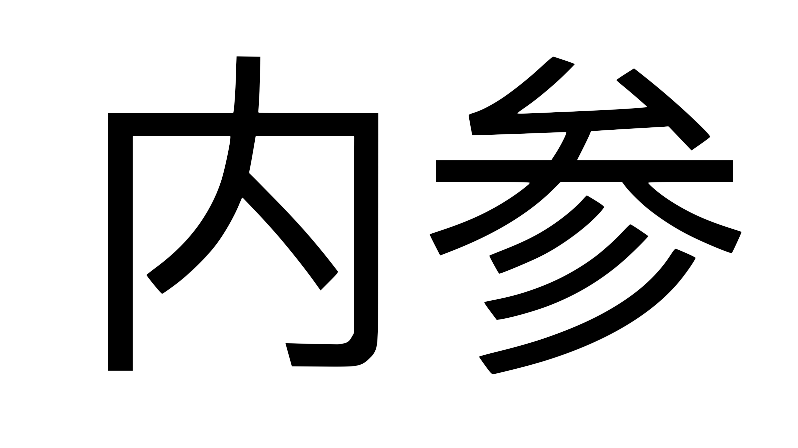Brief #107: Chinese reactions to the MU5735 crash
On March 21, Eastern Airlines flight MU5735 crashed in southern China’s Guangxi region in one of the deadliest flight disasters in Chinese history. All 123 passengers and nine crew members aboard the flight perished.
The tragedy received significant attention from traditional and social media in China, with the activities on the latter particularly notable for what it tells us about China today. The reactions of the Chinese public on social media illustrate the complexity of a discursive environment enabled by digital technology, constrained by censorship, and permeated with concerns about collective identity.
In the immediate aftermath of the disaster, the outpouring of messages, commentaries, and tribute posts on social media platforms, including WeChat and Douyin, show a collective sense of disbelief and shock. These sentiments were amplified by netizens speculating on what had happened to the flight by posting on their semi-private WeChat Moments (status) and group chats. Commentaries posted on publicly accessible sites such as Weibo and Zhihu, on the other hand, were censored early on. The different censorship treatments of semi-private vs public digital spaces in the aftermath of national disasters is not a novel phenomenon. It reflects the underlying, and at times conflicting, imperatives of the authorities, namely, maintaining social stability and narrative control while allowing the Chinese public sufficient space to vent.
As events unfolded, the central government took swift actions to manage the discourse. President Xi Jinping personally called for an “all-out” search and rescue effort. The State Council dispatched top officials to investigate the cause of the crash and ensure “absolute” aviation safety. Official actions and rhetoric were directed at mollifying public anxieties and preempting criticism of the authorities. Social media platforms cracked down on accounts that spread rumours about the crash, including those that circulated ultranationalist conspiracy theories. WeChat, for its part, asked Chinese netizens to “speak thoughtfully and rationally [rather than] disseminating mendacious and inaccurate information.”
It has now been over a week since the crash. The initial tide of speculations has receded on the Chinese internet, replaced by two notable processes. The first is a healing-driven quasi-public catharsis: numerous dramatised reconstructions about those who perished in the crash have appeared online. These reconstructions are popular because they help the Chinese – both individually and collectively – make sense of the tragedy and come to terms with it. The second process we see is the forging of national solidarity through crisis nationalism, which speaks to the Chinese public’s sensibilities around collective identity.
While both are bottom-up processes, the authorities have adopted a permissive attitude towards them. A plausible explanation is that the discourses associated with these two processes do not challenge the Chinese Party-state. Instead, they help redirect criticism, flood public conversations with “positive energy”, and foster unity.
On the dramatised reconstructions, pieced together by netizens through testimony and speculation, these are stories about the lives and final moments of those who perished. Many of them are highly emotive, with sensationalist titles such as “The stories of these 14 folks on MU5735 would make you tear up! May we pray for their safety!” Expression of this kind stands in stark contrast to the low-key and intimate grieving by those who had lost loved ones in the tragedy (understandable, of course).
While censors have been permissive towards dramatised reconstructions, they have stepped in when lines have been crossed. In addition to targeting conspiracy theories, censors have also removed inflammatory commentary about the loved ones of those deceased. In one case, some netizens berated family members for performative mourning by collecting soil from the crash site. In another case, some commentators took a swipe at a netizen for grieving on Douyin over her deceased aunt, accusing her of attention-seeking. In these cases, the censors were adaptive and pragmatic in targeting speech that crossed the line.
On crisis nationalism, the spontaneous outpouring of nationalist sentiments and calls for national solidarity in the aftermath of the crash is not unique. We saw this after the 2008 Sichuan Earthquake and, more recently, in the context of the ongoing COVID-19 pandemic. But the case of MU5735 is somewhat different: the number of casualties is smaller than in many past national disasters or emergencies – yet the outpouring of messages commemorating the deceased, and lauding the perseverance of the Chinese people, is no less intense.
The nationalistic sentiments of the Chinese public should not be seen in isolation. We should recognise these sentiments as responses (at least in part) to international and Chinese Party-state discourses on China and its evolving place in the world.
More broadly, the Chinese public’s reaction to the MU5735 crash demonstrates the convergence of new digital technology with the evolution of an imagined community built upon the nationwide experiencing – in vicarious form – of local tragedies. This reaction also speaks to broader public anxieties about social, economic and international tensions.
By Brian Wong
Edited by Adam Ni
